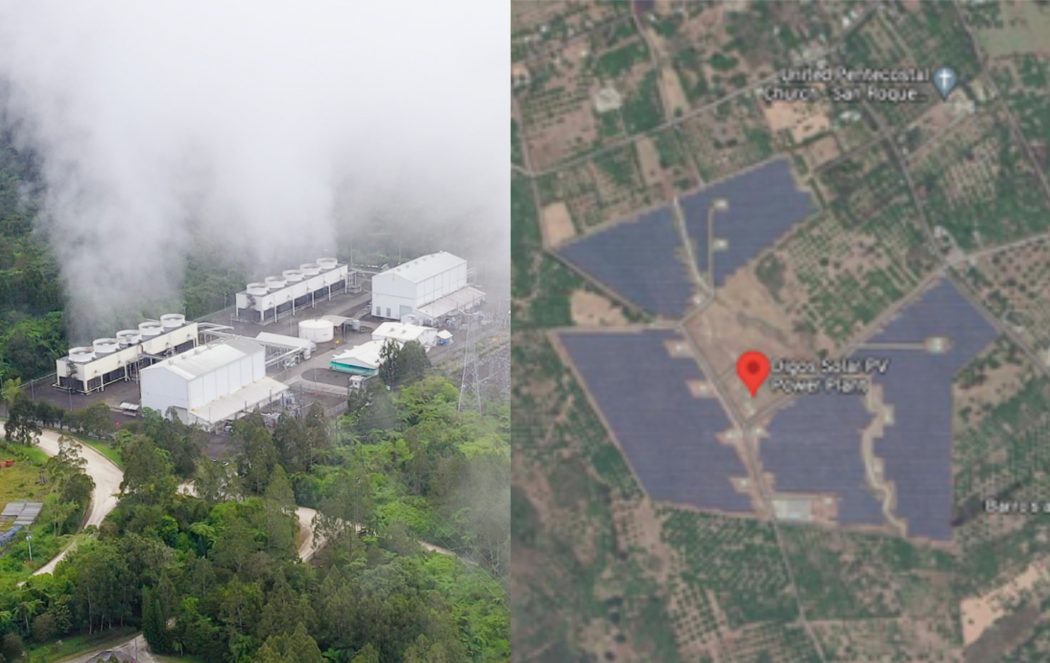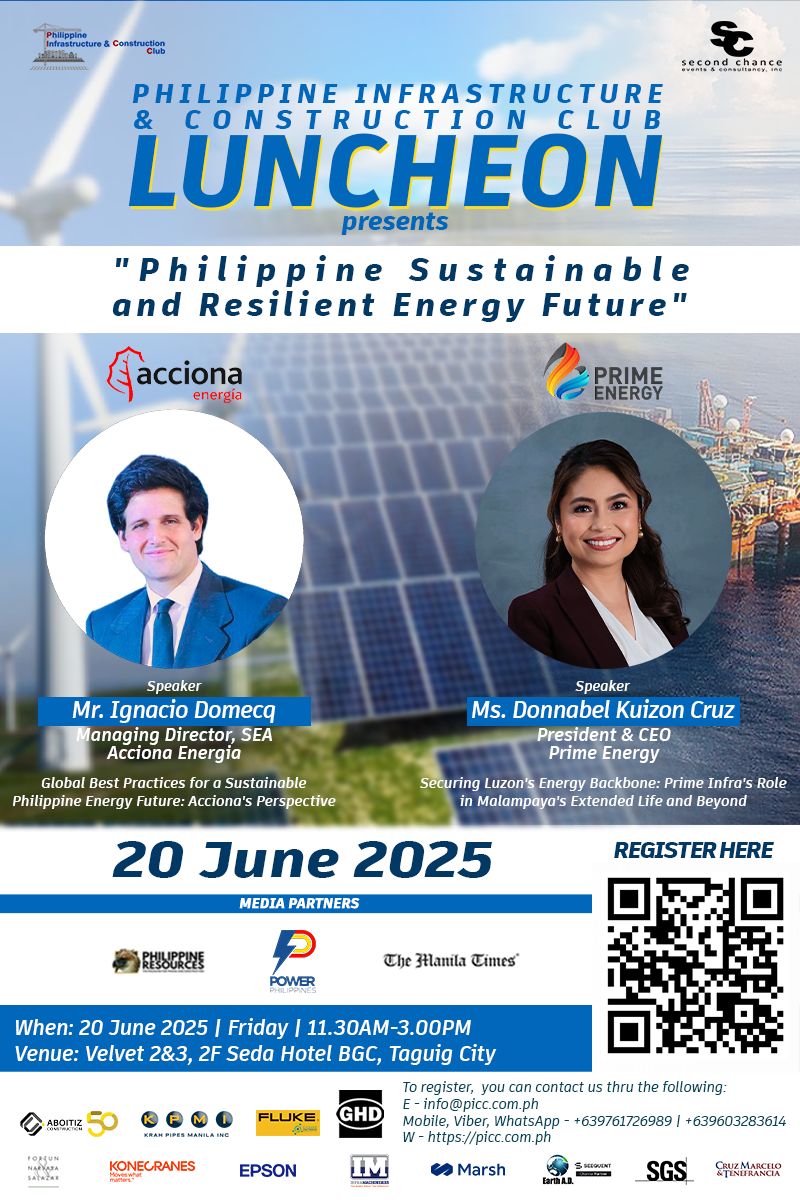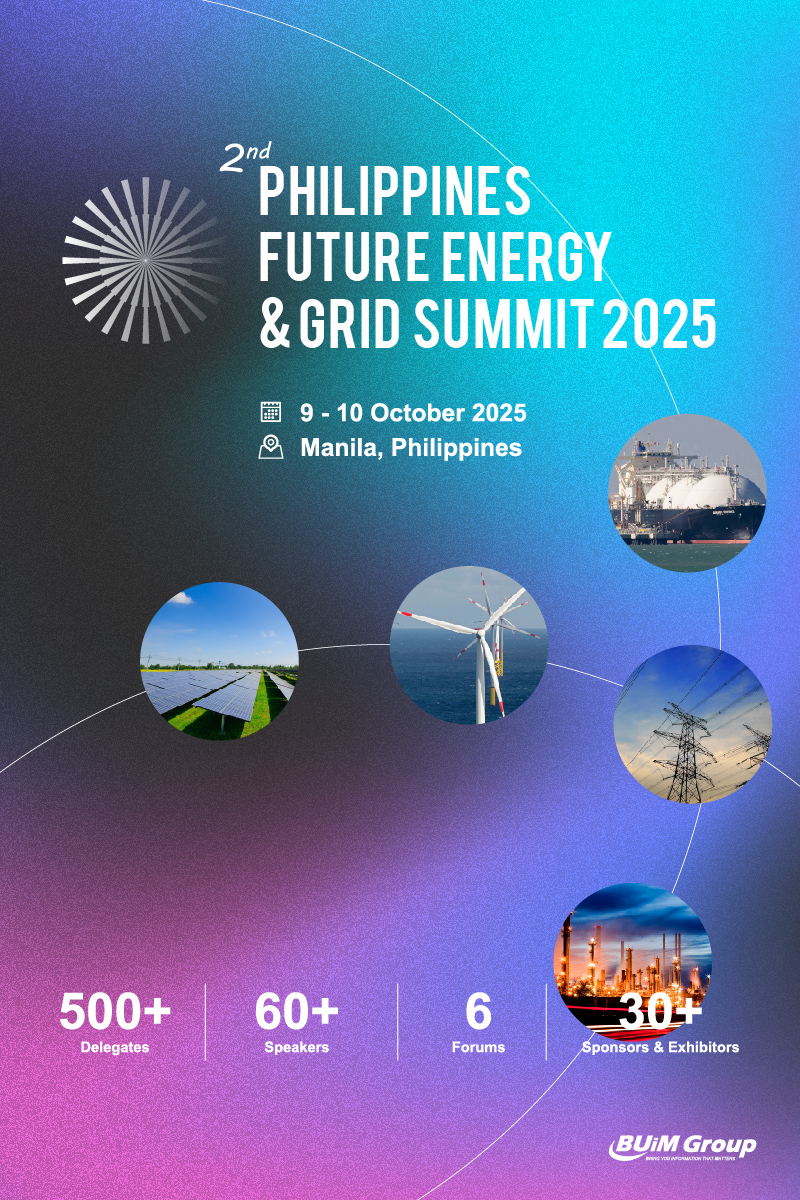Major players in the Philippine energy sector are in agreement in recognizing Mindanao’s huge potential to develop and even provide power to other parts of the country in a bid to achieve energy independence.
At a forum organized by the Davao City Chamber of Commerce and Industry on Thursday, Aboitiz Power Corporation COO for Distribution Utilities Anton Perdices said that Mindanao has huge potential for energy development. He particularly cited the island’s huge landmass available for solar farm developments and a geothermal field near Mt. Apo.
AC Energy President and CEO Eric Francia affirmed this, saying that the solar irradiance in the region is “excellent.”
Mindanao, the country’s second largest island, has an area of 9.75 million hectares. In terms of solar energy, one hectare can give one megawatt (MW) of power. Based on the Global Solar Atlas, most areas in the island have a global horizontal irradiation of around 2,000 kilowatt-hours (kWh) per square meter annually and a specific photovoltaic output of around 1,500 kWh per kilowatt-peak.
With Mindanao’s huge power potential, Francia pointed out that energy generated in the island can help solve the tight supply in Luzon given the Mindanao-Visayas Interconnection Project (MVIP) of the National Grid Corporation of the Philippines.
“Mindanao can be a net exporter once the grid is connected hopefully sooner rather than later,” the Ayala executive said during the virtual forum.
Philippine Energy Independence Council President Don Paulino sees a challenge in terms of the region being able to provide power to the rest of the country since the MVIP, once completed, would be able to transmit only 450MW at one time.
“From a government and a private industry perspective, we really need to look at that transmission capacity and capability to really allow us to maximize whatever we’re going to produce in the south [and] allows us to balance the energy capacity that’s available in Luzon,” he added.
Meanwhile, Manila Observatory Executive Director Atty. Antonio La Vina reminded power players to exercise a “just transition,” which means generating clean power, while at the same time, respecting the rights of people living on lands where the new power facilities may be built.
“Kailangan i-address ang mga karapatang iyon. If you don’t do it, it causes [social] conflict,” said La Vina, an experienced indigenous peoples lawyer.
“So the challenge for us now is that if land is an issue, do we have to convert some of the farm lands we have to actually produce solar energy, and that for me, is something we have to contend with, too, because you’re actually putting in energy versus food security,” Paulino said for his part.
Relative to this, Citicore Power launched its first agro-solar farm in Tarlac in June.
La Vina, also a former Environment Undersecretary, likewise called power players’ attention that by 2030, there should be no more increase in emissions beyond what the country has committed in the Paris Climate Agreement. Otherwise, storms at least as powerful as Yolanda would visit the country monthly.
“We only have decade so solve the problem. We have to fix [the root causes of climate change] by 2030. Otherwise, it goes out of our control. It could no longer adapt,” he said.






